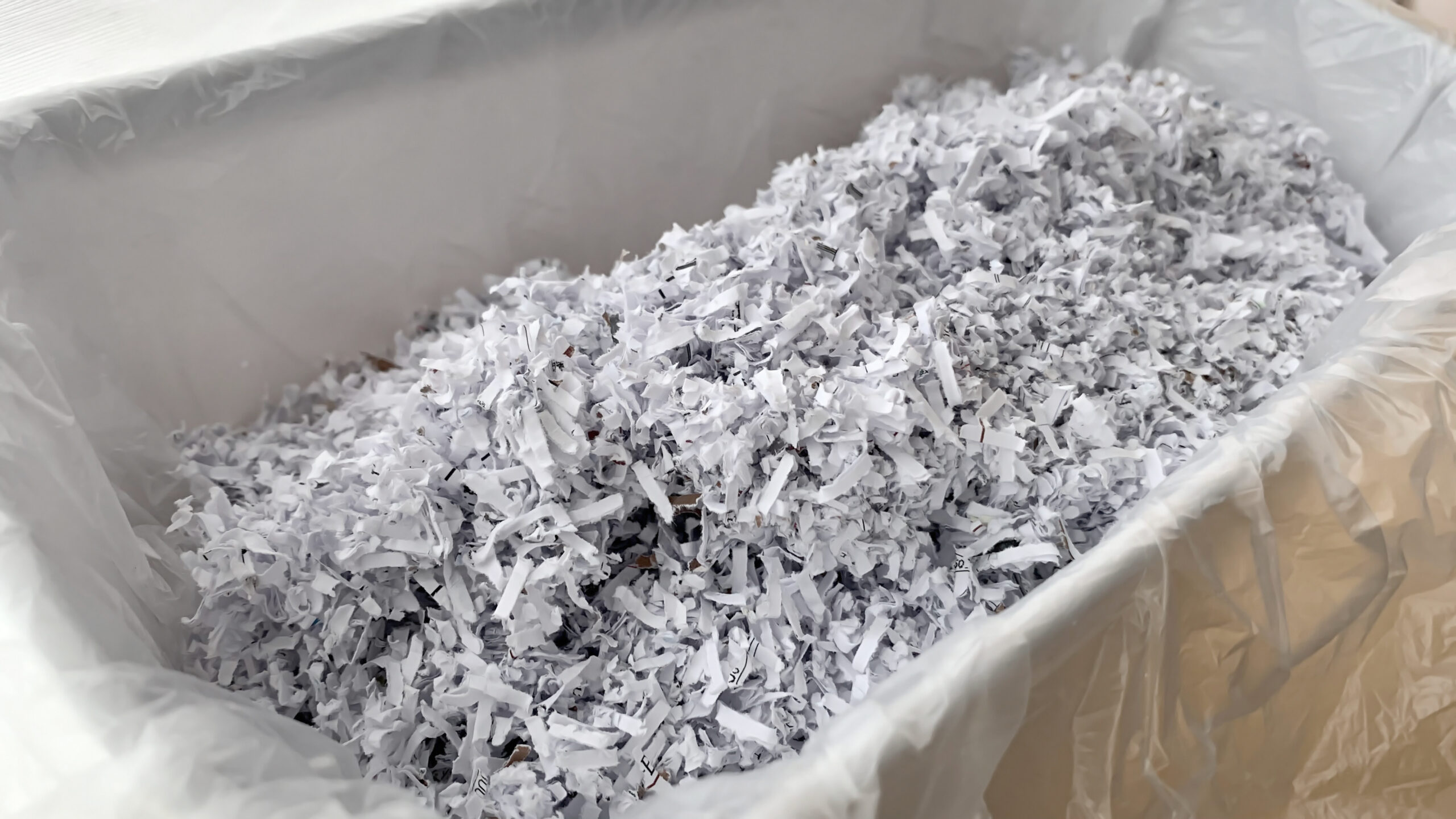
The Journey Of Shredded Paper: Where Does It Go?
In our increasingly digital world, paper consumption remains a significant part of our daily lives. Whether it’s at home or in offices, we often find ourselves dealing with piles of paper that need to be disposed of securely. Shredding documents is a common practice to protect sensitive information, but have you ever wondered what happens to all that shredded paper? Join us on a fascinating journey as we explore the destination of shredded paper and the environmental impact it can have.
Shredding Paper: Why Do We Do It?
Before we delve into the journey of shredded paper, let’s briefly understand why we shred documents. Shredding is primarily done to prevent unauthorized access to confidential information. It helps protect sensitive data, personal identities, and business secrets. By reducing paper documents to tiny, unreadable pieces, shredding provides peace of mind and ensures privacy.
Preparing Shredded Paper:
Once the paper has been shredded, the next step is to make it transportable. The shredded paper is put into a bailer. A bailer is a powerful piece of equipment that compresses the shredded paper into large bricks so it can be loaded onto a trailer to be shipped to locations to be processed. These bricks can weigh 1,500 to 2,000 pounds.
Recyclability: A Sustainable Solution:
The shredded paper holds significant potential for recycling and contributing to a sustainable future. The shredded material undergoes a sorting process, where it is separated from any non-paper contaminants, such as plastic or metal. Recyclers utilize various techniques, including advanced optical sorting systems, to ensure the purity of the shredded paper.
Pulp and Paper Mills:
After sorting, the shredded paper is sent to pulp and paper mills, where it becomes a valuable resource for paper production. The shredded paper is mixed with water to create a slurry, which is then processed in large vats known as pulpers. During this process, the fibers in the shredded paper mix with water to form a pulp. The pulp is then cleaned, refined, and formed into new paper products.
New Life as Recycled Paper Products:
Once the pulp is ready, it can be transformed into various recycled paper products. These can include newspapers, tissue paper, paper towels, and more. The recycling process reduces the need for virgin materials, conserves energy, and helps prevent deforestation. By using shredded paper as raw material, we can significantly reduce the environmental impact associated with paper production.
Challenges and Considerations:
While recycling shredded paper offers many environmental benefits, it’s important to be aware of a few challenges. The small size of shredded paper fibers can complicate the recycling process, making it harder to separate and reprocess efficiently. Additionally, shredded paper mixed with non-paper materials can contaminate recycling streams. It is crucial to follow local recycling guidelines and avoid mixing shredded paper with other types of waste.
Conclusion:
The journey of shredded paper demonstrates the importance of responsible disposal and recycling. From secure document destruction to its transformation into new paper products, shredded paper plays a vital role in reducing waste and conserving natural resources. By understanding where shredded paper goes and making conscious choices, we can contribute to a more sustainable and environmentally friendly future. So, the next time you need to shred your documents call Time Shred Services so you know what happens to your information.

